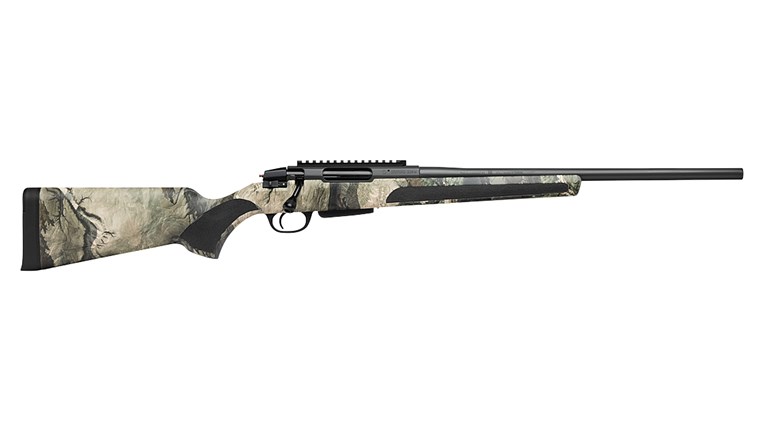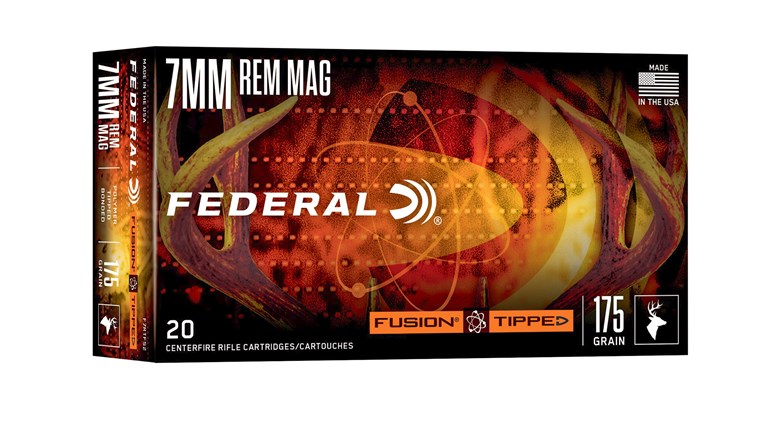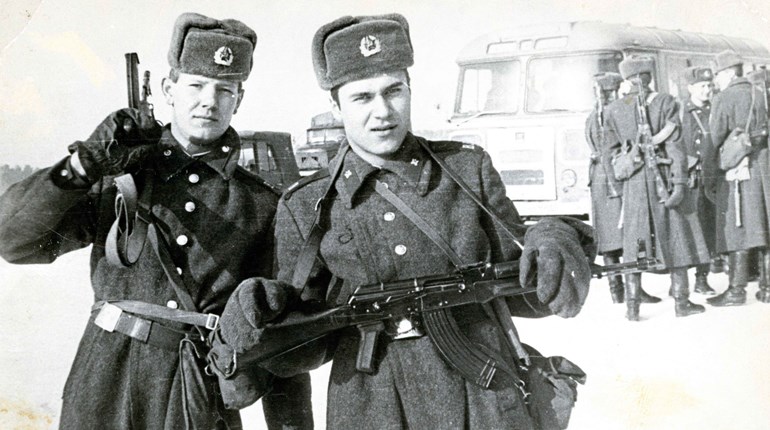
“Obsolete” is a word that sometimes gets used as a verdict—a final judgment that marks the end of a discussion. But, sometimes things that might seem obsolete are not well and truly there quite yet. The general philosophy of obsolescence is regularly explored in connection with firearm history because that history is punctuated by periods of technological development so rapid that sometimes a design reaches the end of progression after its retreat toward obsolescence has already begun.
The 75-year-long developmental-era of the military bolt-action rifle is generally recognized as ending during World War II because in that conflict’s aftermath, most countries transitioned to semi-automatic or selective-fire battle rifles. Nevertheless, Denmark ignored that obvious changing paradigm and, in the years after World War II, wrote one final chapter in the history of the bolt-action service rifle—a chapter titled the Madsen M47.
After the liberation of May 1945, the Danish government sought to put the country back together again after 60 long months of German occupation. The country’s economic recovery was characterized by business ventures that attempted to provide commodities that were in demand to a post-war world. To Dansk Industri Syndikat, also known as Madsen after its founder, the era of decolonization presented what was thought to be an opportunity in the arms-for-export business. The company believed there to be a need for a simple and reliable rifle that could be afforded by developing nations, and it further believed that the new post-war world order would provide plenty of clients.
The gun that Dansk Industri Syndikat/Madsen would eventually make combined features from all of the most successful military rifles of the previous half century: Mauser, Mannlicher, Mosin-Nagant, Lee Enfield and MAS. The company imagined its new rifle as being a system that could be assembled to meet customer specifications regarding caliber, overall length, magazine capacity and even the ability to accept optical sights. In other words, the rifle’s action would be the base component, and the customer could pick the overall configuration of the delivered final product, as well as the accessories coming with it.

By 1947 Madsen had completed design development for what the company called its Lightweight Military Rifle, but to the collecting world it is known as the Madsen M47. This is a cock-on-open, magazine-fed repeater with a split-bridge receiver that uses a fixed ejector, a bolt with two rear-mounted horizontally opposed locking lugs and a bolt handle that also serves as a safety lug. On the bolt body there is an exposed striker that allows for re-cocking and a Mauser-inspired, flag-type safety, but it incorporates a spring catch that prevents it from being unintentionally disengaged.
The rifle’s non-detachable, staggered-row box magazine can be fed from proprietary five-round stripper clips. A stand-out feature of the M47 is its rear-sight assembly, which features a slide-adjustable elevation leaf with graduations from 100 to 900 meters, as well as click-adjustments for windage. The front sight is fully protected, and there is a built-in recoil compensator at the muzzle. The combination of the compensator and a 1-inch-thick buttpad help to reduce the felt recoil of a full-power rifle cartridge.
The M47 went into production in 1951 when no other arms maker was producing a military rifle like it, but the sales brochure nevertheless boasted that, even in the “atomic age there is still the need—the demand for the manually operated bolt-action rifle.” As it turns out, there was really no such demand at all at the time, because there were plenty of inexpensive, military-surplus bolt-action rifles available.
As a result, Madsen would eventually receive only one production order for the rifle, and that order came from the Republic of Colombia in 1958. The 6,000 rifles that Madsen ultimately made for Colombia were chambered for the .30-’06 Sprg. cartridge and were completed with 23.4-inch barrels. They are 43.3-inches in overall length, weigh 8.5 pounds and they are marked Madsen M.G/A Cal. 30 and Fuerzas Armadas de Colombia. But these particularly well-made rifles were never issued for military service and they eventually made their way to the U.S., where they entered the collector’s market.
The M47 was the last military bolt-action rifle designed for general issue ever produced. If it had been introduced a decade earlier than it was, obsolescence would not have consigned it to obscurity the way that it did, and it might have written a more meaningful chapter in the history of military small arms.




































